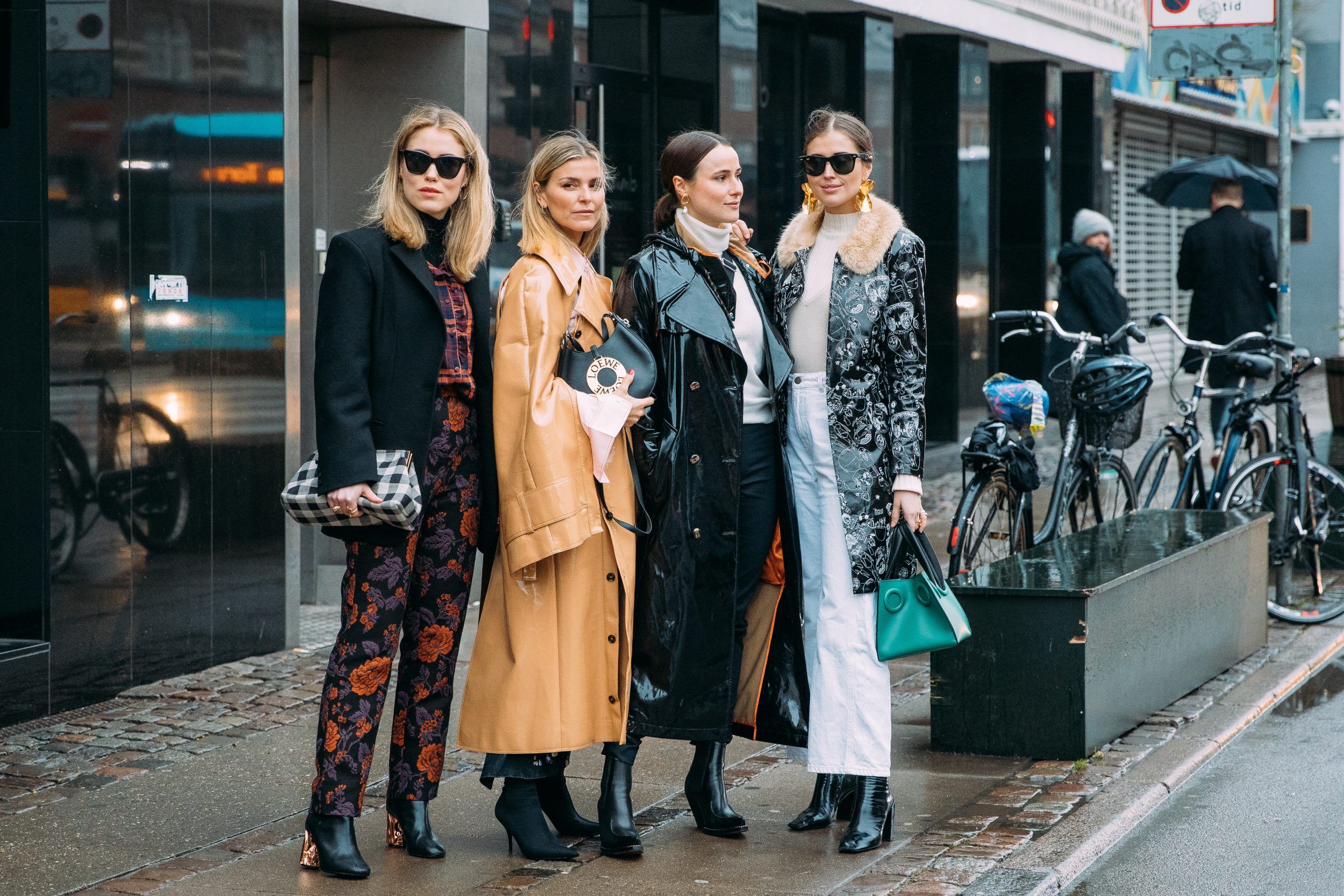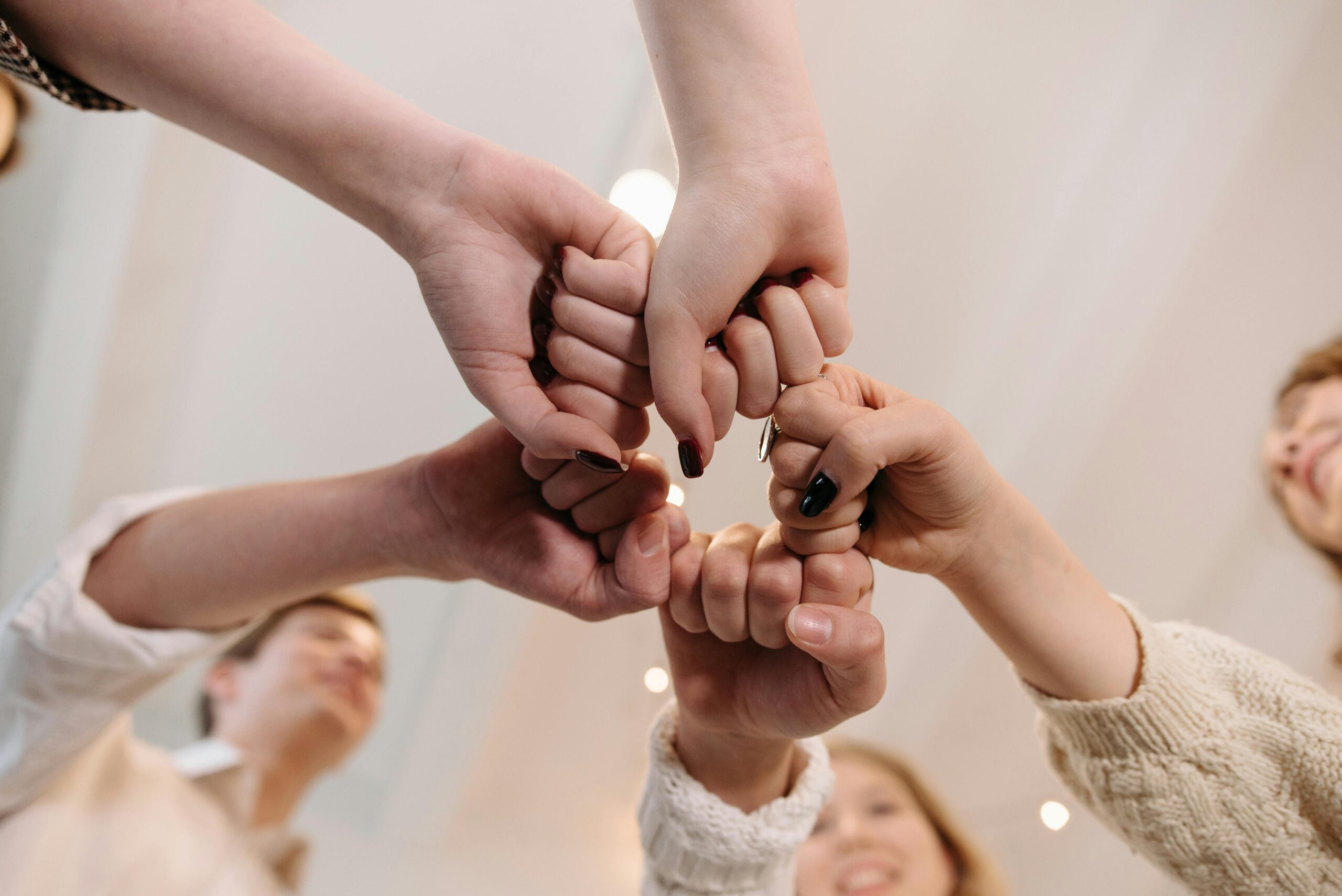At the end of October, the clocks in Denmark turn back 60 minutes. The days officially get shorter, and the nights longer. It’s the season of ‘hygge’ – a word loved by Danes, and one of the first that expats learn.
If you try and have a native Danish speaker explain the word to you, you will find they have a hard time. They will tell you that it is something you can only feel. The concept of ‘hygge’ has recently become so popular that, in 2017, Oxford Dictionary adopted the word from the Danish language: “Hygge is a quality of cosiness and comfortable conviviality that engenders a feeling of contentment or well-being.”
Personally, the winter season of 2019/20 will be my fourth in Denmark. Looking back at my first winter, I remember myself wondering: “How do these people look so good, when it is so cold?!” And thus began my quest to learn their secrets. I have since discovered that striking a balance of comfort, coziness and health is crucial to Danes when selecting their winter outfits. Or … if you like … introducing hygge to your wardrobe!
It will take you about five minutes to read this article, as I attempt to help you buy a winter wardrobe that will carry you through the cold months. So make yourself a cup of tea and let’s dig in.
TIP #1 Play with layers

Undoubtedly, Danes are masters of layering garments. The winters here are long, very cold, windy and mostly cloudy, while temperatures rise and fall frequently. Only by dressing like a ‘cabbage’ will it be easy to take ‘a leaf’ off or on as the weather changes.
Start out by choosing one of these two layer bases: a T-shirt or a turtleneck sweater. Getting them slim and tight fitting will allow you to use any bigger piece on top – perhaps an oversized sweater, cardigan, hoodie or a shirt for a business casual look. All you need to remember is that the sleeves of these garments should not be too short. They have to cover your wrists while standing straight.
TIP #2 Invest in high-quality fabrics

Choosing high-quality fabrics is important for your look, skin and, believe it or not, also for your wallet. Good fabric will last significantly longer and will serve you for more than one or two cold seasons.
Cotton is the most popular one. If you are looking for the most sustainable cotton, select a recycled option. Recycled or upcycled cotton is made using post-industrial and post-consumer cotton waste. Another sustainable alternative to conventional cotton is organic cotton. It has been booming in the last few years, as it aims to minimise the environmental impact of cotton production by removing harmful chemicals from the process.
Considering the sustainability aspect of your fabrics can turn your wardrobe into an eco-friendly space. It’s a real win-win scenario: for the planet and for your skin’s health.
“Always choose pure, natural fibres – they feel better on the skin, don’t create annoying static like synthetic fibres do, and they are more sustainable. A simple straight-cut turtleneck is a timeless investment piece. Also remember to buy sustainably and ethically-made sweaters – this will make you feel just a little bit warmer. At Aiayu we recommend llama wool. Llama wool fibres are long and hollow, making them warmer than most other fibres. They are very resistant to pilling so they hold their look and shape for long.”
JUNE BASAR, PR & COMMUNICATIONS DIRECTOR AT AIAYU
TIP #3 Prioritise neutral tones

Usually three colours and one statement piece per outfit are enough. If you prioritise neutral tones such as beige, ivory, black, white and grey, it will be easier to mix and match different pieces as fast as necessary on a hectic Monday morning.
As you find confidence in your basics, you can begin to accentuate your personal style by adding brighter colours to it. Gain some inspiration from Danish designer Henrik Vibskov, who has created a standout pair of boots (pictured on the left) and more for this winter season, taking functionality into account.
“This season I did a collaboration with the American company Columbia, which works a lot with outdoor gear. We made a colourful city hiking object, which works both for the city and the countryside. I understand that, when the darkness and rain hit Scandinavia, it is hard to find footwear that fits these conditions. I had the same problem. A perfect pair of winter boots for life in Denmark should work with and without rain and be ready to handle a bit of snow as well.”
HENRIK VIBSKOV, FASHION DESIGNER
TIP #4 Purchase a long-lasting coat

Forget all about fast-fashion trends, especially when it comes to outer garments. Purchase one quality jacket or coat that will keep its colour and shape after several dry cleanings. In this regard, there are some incredible fabrics to choose from. For example, wool and faux fur are planet-friendly materials that are lightweight yet strong, which makes them durable and long-lasting.
“The ideal winter coat for the Danish weather should be both versatile and timeless. I prefer outerwear that cuts just past the waist and sits just above the knees; this is, of course, because of the cycling. Bonded or waxed cotton, melton wools and performance fabrics such as Gore-Tex are my material of choice solely because of their weatherproofing properties and durability. Winter coats don’t need to be changed often. Instead, one should own a coat long enough to appreciate it as an extension of one’s being. This, of course, requires a greater initial investment, but good coats last a long time!”
KEVIN KAFESU, PR & MARKETING MANAGER AT WOOD WOOD
TIP #5 Favour simplicity with striking accessories

The devil is in the details, as they say. To stay warm, you should own a fair amount of knitted accessories, including a hat, a scarf and, most importantly for cyclists, a pair of gloves. Gloves made of high-quality cashmere or leather will become your best friend during the winter. Yes, real leather. This material can be eco-friendly when tanned naturally with no chemicals involved. Certainly, gloves made of artificial material will be cheaper but they will also wear out more quickly.













